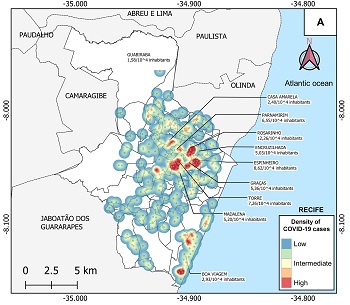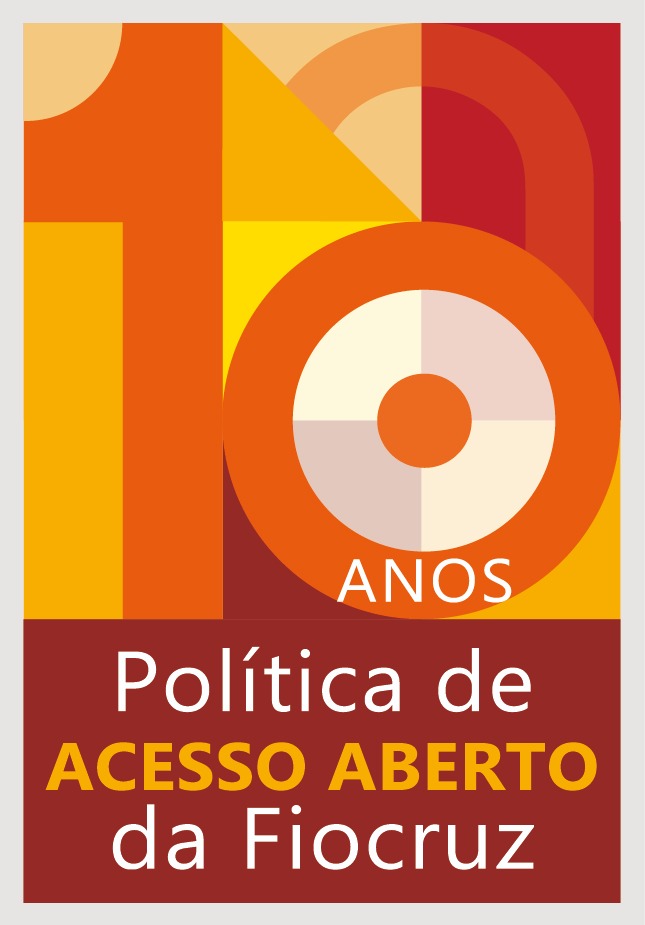Research describes clinical and epidemiological aspects of Covid-19
07/10/2020
Fiocruz Pernambuco
In a cooperation between Fiocruz Pernambuco, the Central Laboratory of Public Health of Pernambuco (Lacen/SES-PE) and the University of Pernambuco Campus Serra Talhada (UPE-ST), a pioneer study describes the clinical and epidemiological characteristics of the first 557 patients of the state to be contaminated by the new coronavirus (SARS-CoV-2). The paper was published (29/9) in the international magazine Travel Medicine and Infectious Disease.
Using geolocalization tools, the scientists tracked the route of the virus since the beginning of community transmission of Covid-19 in the state of Pernambuco. With the analysis, it was possible to observe the effect of income in virus dispersion, as it initially landed in high-income neighborhoods and only later did it spread through poorer areas. In addition, the study recorded clinical, demographic, epidemiological and virological aspects of the population that was hit the hardest during the pandemic, making up a valuable and unheard-of amount of knowledge for the global scientific literature.
“Through geo-spatial analysis, used to identify the population most affected by the virus during the first cases of Covid-19 in Pernambuco, it will be possible to direct prevention and control policies and to strengthen programs that aim at tracking people who have traveled abroad and returned to Brazil without going through quarantine or triage testing. This is crucial to prevent infectious diseases not endemic to Brazil from being introduced to the country and causing large-scale epidemics”, explains Jurandy Magalhães, one of the authors of the study and professor of UPE campus Serra Talhada, as well as a biomedical expert of Lacen PE.
Clinical characteristics
The age of infected patients ranged from 27 days to 97 years, with a median of 47 years old. The most symptom common was cough (74%), followed by fever (67%), dyspnea or shortness of breath (56%), sore throat (28%), and oxygen saturation below 95% (24%). Eighty-six percent of patients who died of the disease were 51 years or older. The average time between the onset of the disease and the diagnosis was 4 days (ranging between 0 and 39 days). Severe patients diagnosed 14 days after the beginning of the symptoms had a higher viral load than patients with a mild version of the disease.
 As for the distribution of Covid-19 cases in the different household income levels, seven out of the nine neighborhoods highlighted in the heat map (figure on the side) had household income superior to 10 minimum wages, showing that the first cases of the disease in Pernambuco were related to the high-income population.
As for the distribution of Covid-19 cases in the different household income levels, seven out of the nine neighborhoods highlighted in the heat map (figure on the side) had household income superior to 10 minimum wages, showing that the first cases of the disease in Pernambuco were related to the high-income population.
“Our study is a contribution to the worldwide scientific literature as it characterizes Covid-19 in tropical regions, and will help physicians and health workers to face the current pandemic, as the SARS-CoV-2 continues to spread through human populations”, explains Fiocruz Pernambuco researcher and coordinator of the study, Lindomar Pena.
The article Epidemiological and clinical characteristics of the first 557 successive patients with Covid-19 in Pernambuco state, Northeast Brazil features main authors UPE Serra Talhada professor and doctorate student Jurandy Magalhães and master’s student Renata Mendes, both of the post-grad program in biosciences and biotechnology in health (BBS) of Fiocruz Pernambuco. Jurandy also works at Lacen PE, a reference laboratory in public health in the state, where the molecular diagnosis used in the research were carried out. Fiocruz Pernambuco was responsible for conceiving the study, coordinating the work, and analyzing the data obtained.


